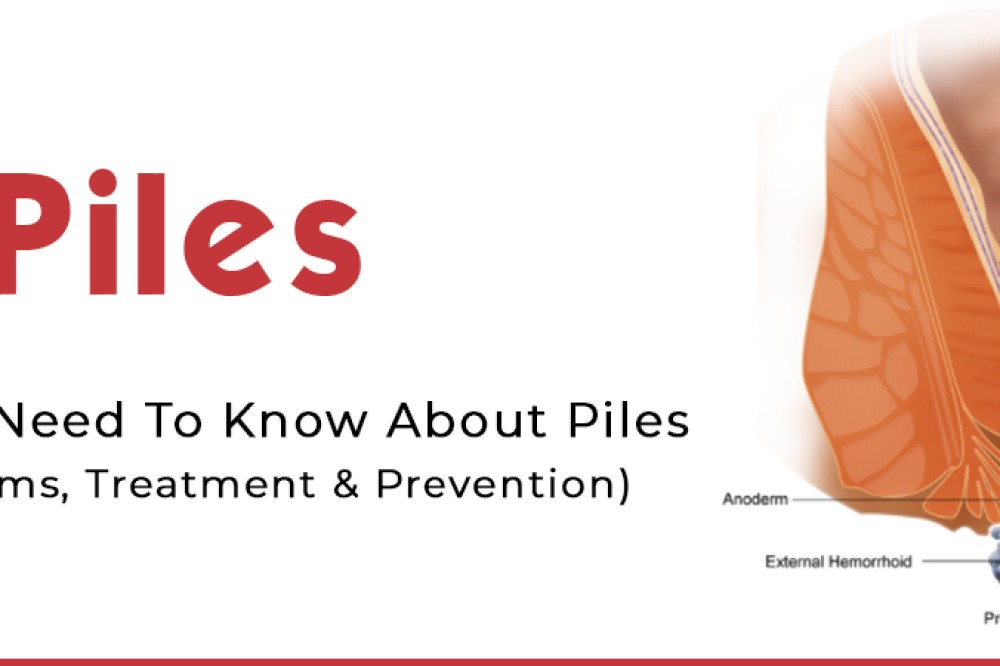
Hernia Treatment
Best doctor for hernia
Have you experienced a lump in your abdominal region? Do you guess that it could be a hernia? Are you looking for the best doctor for a hernia to treat the concern? Regardless of what you think, hernias are more common in individuals. However, how much do you know about hernia? Therefore, we will make you aware of all the information related to the hernia you should know. This will help you in understanding the issue, spot it, and take corrective measures on time by seeing a doctor for a hernia in Jaipur.
What is Hernia?
A hernia is defined as a condition where an internal organ or a body part pushes out through the muscle wall or tissue which contains it. It causes a bulge in the abdominal or groin area. Usually, best doctor for a hernia is harmless and causes no to very little pain. However, with the appearance of symptoms and increasing intensity of the issue, it requires treatment.
A hernia does not go away automatically. Instead, they require surgery for repairs. Depending on your condition, the doctor might recommend the best alternative for treatment. If surgery is deemed necessary to treat your hernia, then the best method is adopted to treat the problem.
Moreover, a hernia can be of different types and might affect people from different age groups. Also, they can develop along with several types of health concerns. Although hernia does not have particular causes of its occurrence, the chances of having it increase with age. This happens because, with the increase in age, the muscles lose their tone and become lax. Also, the chances of having a hernia are more in males are compared to females. Sometimes, children might experience a hernia which might be congenital or due to weak abdominal muscles.
Types of Hernia
The different types of hernia are as follows:
1. Inguinal hernia – Most common in males, an inguinal hernia can be seen in the groin while extending to the scrotum. Aged males, chronic smokers, people with hernia history, family history, and overweight individuals are the most of this type of hernia.
2. Umbilical hernia – Common in children, umbilical hernia is most likely to happen to babies who are born prematurely or have excessively low weight at the time of birth. Also, females with multiple pregnancies who are obese carry a high risk of having an umbilical hernia.
3. Incisional hernia – This type of hernia occurs in individuals who have undergone abdominal surgery previously. This can lead to the organs or tissues pushing out of the incision site.
4. Femoral hernia – This hernia type is most common and likely to happen in the outer groin region.
5. Hiatal hernia – This type of hernia develops due to the stomach pushing into the chest cavity. This protrusion takes place through an opening present in the diaphragm.
Causes of Hernia
The primary cause of hernia stands as weak muscles or a gap or hole in the muscles that allow the organs to push through it. Weak muscles are not able to keep the organs in place. However, more reasons are there which might cause hernia as follows:
- A congenital or birth defect in babies during womb development
- Old age or aging
- Lifting heavy weights or strenuous exercises
- Pregnancies and obesity
- Chronic coughing and/ or constipation
- Family history of hernia
- Poor nutrition and weak muscles
- Smoking habits
Who can get a hernia?
Several people suffer from a hernia which can be caused due to various reasons. However, people having a family history of hernias are at a greater risk of having it alongside people who are chronic smokers and have weak muscles.
Symptoms of Hernia
In its initial stages, hernia might not have any symptoms or effects. However, with its advancements, the symptoms can be as follows:
- Swelling and budging – Every type of hernia experiences different symptoms. However, the most common is a lump in the abdominal or affected area. Swelling might also persist in the region. Individuals having a hernia can experience a lump touching the region while standing on bending. However, in most cases, the lump or bulge disappears when you lay down. Therefore, it is important to detect it properly.
- Pain or discomfort – Initially or when the condition advances, individuals might experience little to severe pain in the affected area.
- Specific symptoms can be there for every type of hernia. The hiatal hernia has symptoms of heartburn, chest pain, acid reflux, and trouble swallowing.
Diagnosis of Hernia
People with suspected best doctor for hernia are taken for examination and tests for a diagnosis. Doctors check for the medical and family history of the individuals to determine the symptoms and causes. Further, a physical examination is carried to check the lump or bulge.
Treatment for Hernia
Upon the diagnosis of hernia, the doctor determines the need and type of treatment. It depends on the size, type, and severity of the hernia and its symptoms. Medications and lifestyle changes are also a part of hernia treatment.
- Lifestyle changes are recommended to treat the symptoms of a hernia. However, it does not treat or make the problem go away. People with a hernia should avoid lifting heavyweight, not have large or heavy meals, don’t bend or lie down after a meal, and maintain a healthy weight.
- Over-the-counter and prescription medications are given to regulate stomach acids to relieve the discomfort while improving the symptoms.
Treatment of hernia can be only done through surgery. The three main types of hernia surgery are as follows:
1. Open hernia repair
- Also called herniorrhaphy, the doctor introduces local anesthesia to the patient in the spine or abdomen to numb the area.
- Further, the surgeon makes an incision in the groin. Then, the hernia is moved back to its position and secured with the muscle wall by suturing.
- Most of the patients can go home after a few hours of the surgery. Moreover, they can resume their normal lives in a few days.
- However, patients are prohibited from heavy weightlifting and strenuous exercising for four to six weeks following the surgery.
2. Laparoscopic hernia repair
- A small incision is made to insert the laparoscope and another small incision for other instruments.
- The patient is given local anesthesia and the surgery involves no or less pain.
- With the help of the image on the monitor, provided by the laparoscope, the surgeon repairs the best doctor for hernia with a synthetic mesh.
- People undergoing this surgery have a shorter recovery time. However, pain and discomfort can be there after the surgery which is handled with medications.
- Patients are restricted from strenuous activities for several weeks.
3. Robotic hernia surgery
- Just like laparoscopic hernia repair, robotic hernia surgery uses a laparoscope. Moreover, it is done in the same manner as well.
- However, in this surgery, the surgeon performs the surgery by handling the instruments through a console in the operating room.
- This surgery is good for smaller hernia and can be used for reconstructing the abdominal wall as well.
- This surgery offers a 3D stabilized magnified view while being more ergonomic for the surgeon.







